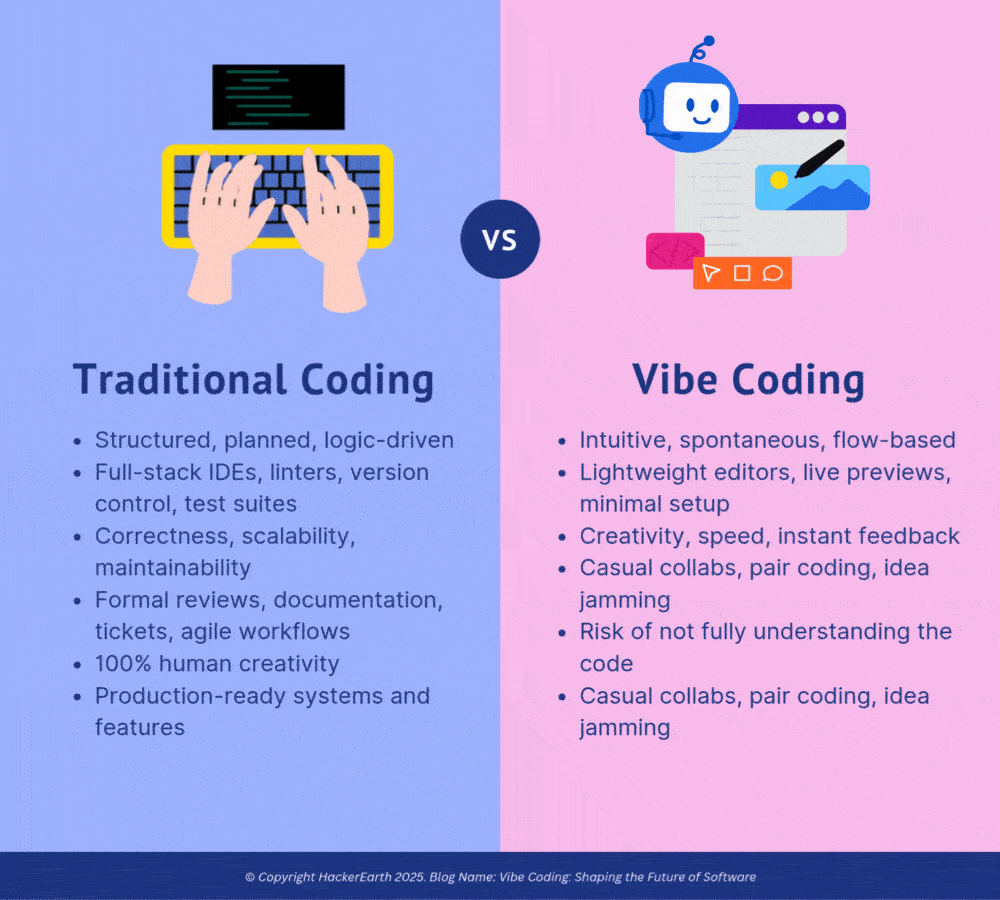Music is the universal language of mankind—a great uniter. It’s astonishing how music can connect souls, overcome barriers, and bring people closer. It is something that people who differ on anything and everything can have in common.
The World Music Hackathon is a festival of music, innovation, and creativity. We are pushing down the boundaries between “hacking” and “music” to bring the music and tech world together. There are no limits to what you can create; we encourage hacking of music in the broadest conceivable sense, for example, through instrument-building, data visualization, collaboration, improvisation, or any other way you can imagine.
There are craftsmen, researchers, and other music programmers who are doing great work in the field of music, however, they are not getting the consideration they merit for whatever reason.
This is your platform to change the future of the underserved music community and is by no means is limited to young and old, regional or cultural genres or gender identity. It is a platform that can induce diversity across backgrounds, perspectives, and abilities to drive personal growth through creation, collaboration, and communication.
Music is becoming more digital every day. What's more, the World Music Hackathon is the phase to explore different avenues regarding its progression and create thoughts for the future of music and music groups.
Your ideas can connect the artist with his or her audience, on- and offline, real-time or over time. Your ideas will interface the path in rethinking and re-engineering music for the digital age.
Here are the primary focus areas:
The World Music Hackathon is a festival of music, innovation, and creativity. We are pushing down the boundaries between “hacking” and “music” to bring the music and tech world together. There are no limits to what you can create; we encourage hacking of music in the broadest conceivable sense, for example, through instrument-building, data visualization, collaboration, improvisation, or any other way you can imagine.
There are craftsmen, researchers, and other music programmers who are doing great work in the field of music, however, they are not getting the consideration they merit for whatever reason.
This is your platform to change the future of the underserved music community and is by no means is limited to young and old, regional or cultural genres or gender identity. It is a platform that can induce diversity across backgrounds, perspectives, and abilities to drive personal growth through creation, collaboration, and communication.
Music is becoming more digital every day. What's more, the World Music Hackathon is the phase to explore different avenues regarding its progression and create thoughts for the future of music and music groups.
Your ideas can connect the artist with his or her audience, on- and offline, real-time or over time. Your ideas will interface the path in rethinking and re-engineering music for the digital age.
Here are the primary focus areas:
- Enabling music for the disabled: For people with disabilities, technology has the potential to unlock new possibilities. Technology can enable communication, navigation, and independence of disabled people while learning and creating music.
- Anti-piracy: According to Woolley, about 12.5 billion dollars are lost due to file sharing and music piracy, and 5 billion of that is profits lost from the music industry directly every year. Innovative technology can minimize and discourage music piracy.
- Improving music recommendations: With the advent of technology, the glory of Radio DJs has passed, replacing musical gatekeepers with personalized algorithms and unlimited streaming services. With listeners now interested in a very diverse genre of music, content recommendation is at the heart of most subscription-based streaming platforms to enhance user experience and increase user engagement.
- Ease of learning and playing music: New innovations provide fun and creative ways to enhance the learning experience. Apps and online tools can ease the more unsavory aspects of learning an instrument through gamification and progress tracking which help the learner stay motivated.
- Innovate (reengineering music for the digital age): Innovate solutions that can make a difference in the world of music. You are only limited by your own imagination of what you can create.

































